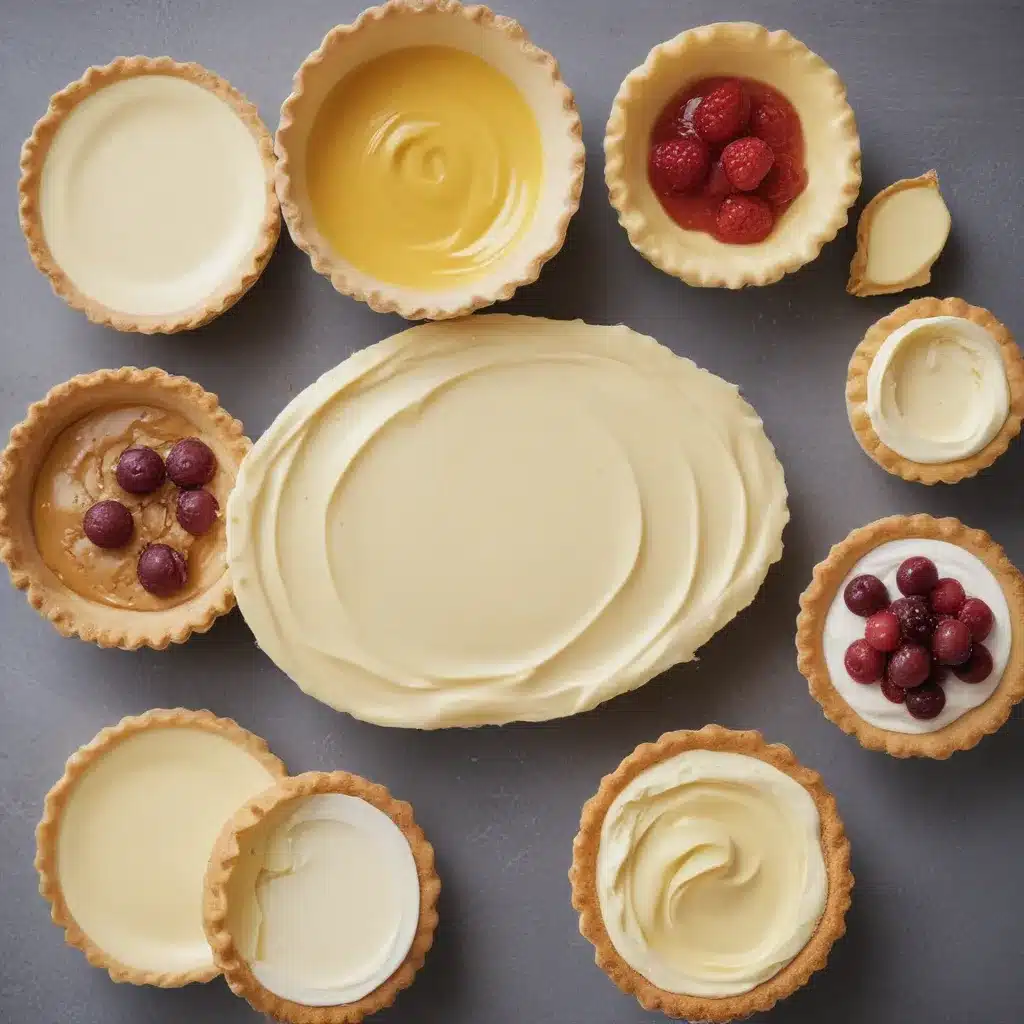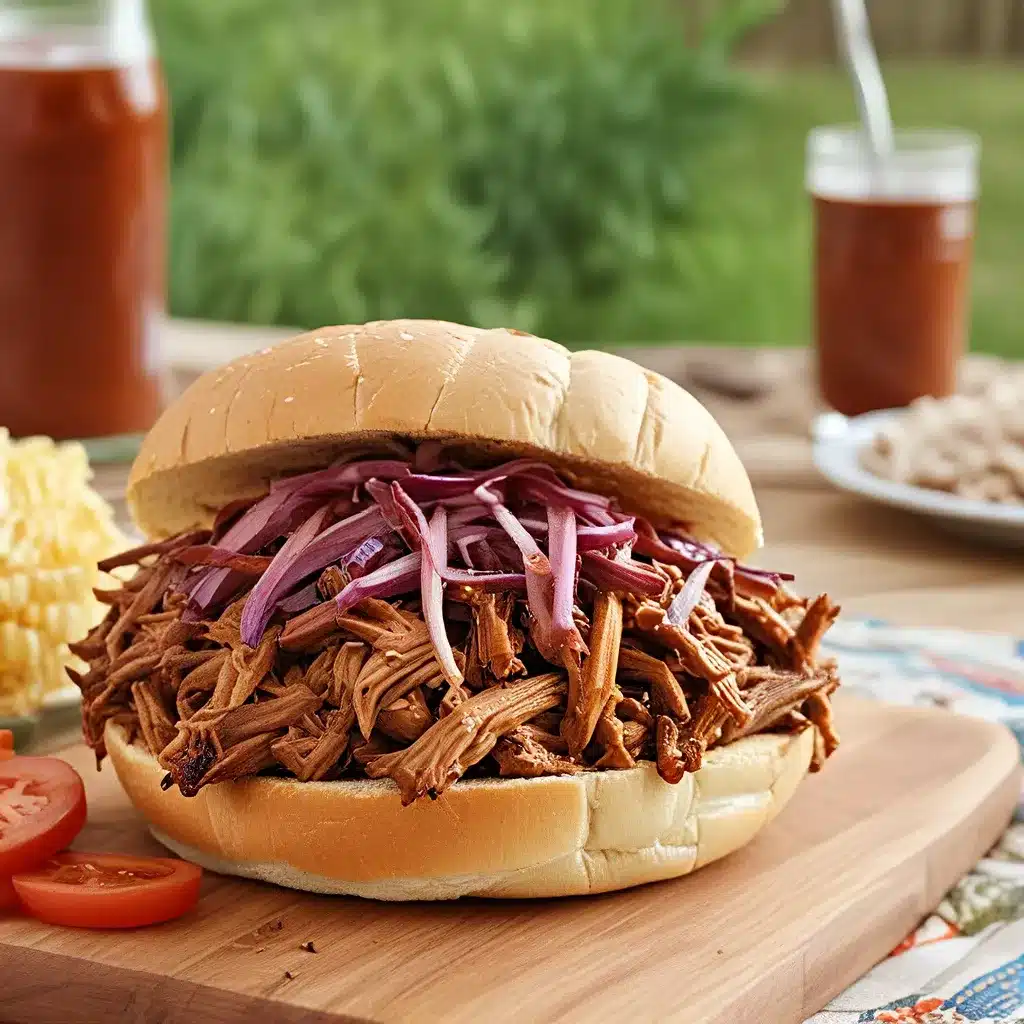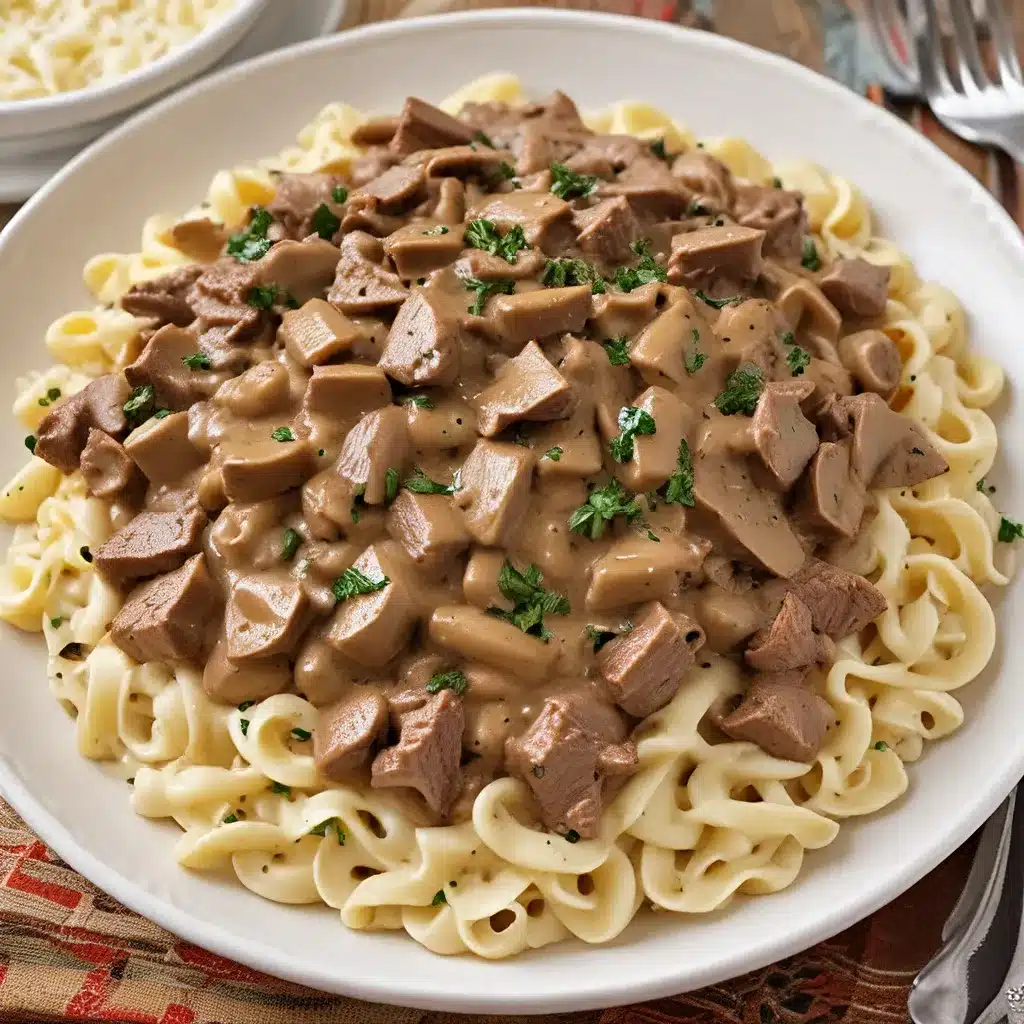
The Secret to Silky-Smooth Pastry Cream
Ahh, pastry cream – that velvety, rich custard that’s the backbone of so many incredible desserts. If you’re anything like me, you’ve probably found yourself absentmindedly dipping a spoon into a fresh batch, unable to resist the temptation of that dreamy, vanilla-infused goodness. And let’s be real, who could blame you?
When it comes to mastering the art of pastry cream, I’m here to let you in on a little secret: it’s actually a lot easier than you might think! With the right techniques and a bit of practice, you can achieve that perfectly smooth, creamy texture every single time. In this in-depth guide, I’ll take you through the step-by-step process, share my top tips, and even show you how to troubleshoot any issues that might come up along the way.
The Building Blocks of Pastry Cream
At its core, pastry cream is a simple custard made from just a few key ingredients: milk, eggs (or egg yolks), sugar, and a starch like cornstarch or flour. The process of making it involves carefully cooking these components together to achieve that signature thick, velvety consistency.
The milk provides the creamy base, while the eggs or yolks lend richness and help thicken the mixture. The sugar adds sweetness, and the starch acts as a stabilizer, preventing the custard from curdling or separating.
As the lovely folks over at The Loopy Whisk explain, pastry cream (also known as crème pâtissière) is an essential component in all sorts of delectable treats, from éclairs and profiteroles to Boston cream pie and mille-feuille. It’s a versatile ingredient that can be flavored in countless ways, making it the perfect blank canvas for your culinary creativity.
Mastering the Technique
Okay, let’s dive into the nitty-gritty of making pastry cream from scratch. The process may seem intimidating at first, but I promise it’s much simpler than it looks. With a little attention to detail and a bit of patience, you’ll be whipping up silky-smooth batches in no time.
The first step is to whisk together the milk, eggs or yolks, sugar, and starch in a saucepan. It’s important to do this before turning on the heat, as the starch needs time to fully incorporate and prevent any pesky lumps from forming later on.
As the team at Our Best Bites notes, making sure your ingredients are at the right temperature is also key. Starting with softened cream cheese and a room-temperature egg yolk will help create a silky-smooth final texture.
Once the mixture is well-combined, you’ll place the saucepan over medium heat and whisk continuously until the custard thickens to your desired consistency. This is where that patience I mentioned comes in – it’s important to take it slow and steady, allowing the starch to fully cook out and the eggs to gently coagulate.
And here’s a pro tip: according to the pastry experts at Pastry Living, using a digital kitchen scale to measure your ingredients is the way to go for the most consistent results. No more guessing with those pesky volume measurements!
Troubleshooting and Flavor Variations
Of course, even the most seasoned bakers can occasionally run into a hiccup or two when it comes to pastry cream. But have no fear – I’ve got your back with some foolproof troubleshooting tips.
If you end up with a lumpy, curdled texture, it’s likely that the eggs have overcooked. To fix this, simply pass the mixture through a fine-mesh strainer to remove any offending lumps. And if your pastry cream is too thin or too thick, a few simple adjustments to the starch or cooking time should do the trick.
As the folks at Candidly Delicious point out, it’s also important to be mindful of not over-filling your pastries with jam or other fillings, as they can have a tendency to spread during baking.
But pastry cream doesn’t have to be limited to just vanilla! Once you’ve got the basic technique down, the flavor possibilities are endless. As The Loopy Whisk suggests, you can infuse it with everything from coffee and chocolate to citrus and berries. The world is your creamy, dreamy oyster!
Bringing it All Together
So there you have it, my friends – your comprehensive guide to perfecting pastry cream and fillings. With a little practice and these top-notch tips, you’ll be whipping up bakery-worthy treats in no time.
And remember, the true joy of homemade pastry cream isn’t just in the final product – it’s in the process itself. Embrace the hands-on nature of it all, savor each step, and don’t be afraid to sneak a taste (or two…or three) along the way. After all, home cooking is where the real magic happens.
Happy baking, and bon appétit!







